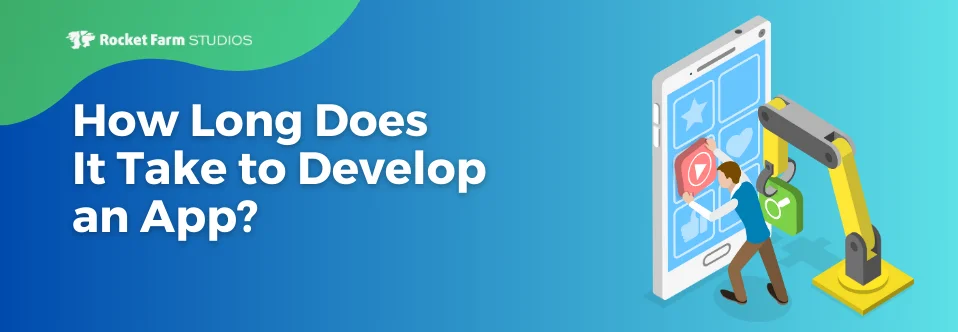
With the phone market only growing, the 2014 corporate world is making room. At home, the use of devices has also taken off: 90 percent of American adults have a cell phone and 42 percent own a tablet computer.
When working from home and even just in daily living, all of these devices come in handy. And because people become accustomed to the way that their device works, many companies are implementing BYOD (Bring Your Own Device) policies. Gartner.com defines the BYOD strategy: “[It] allows employees, business partners and other users to use a personally selected and purchased client device to execute enterprise applications and access data. It typically spans smartphones and tablets, but the strategy may also be used for PCs. It may or may not include a subsidy.” Implementing this policy is, for many companies, an attempt to inspire the same amount of productivity employees are able to achieve at home.
How else does BYOD come in handy? Gartner says that BYOD drives innovation for CIOs and the business by increasing the number of mobile application users in the workforce. Gartner explains that the ability to have all your employees using applications creates the opportunity to revolutionize your company’s mobile email and other communications. It sounds pretty great, right? Bring your own personally selected device and have the ability to use it productively all day. Unfortunately, BYOD is proving to create a lot of problems for IT departments and CIOs.
Employees bringing their own devices raises questions about the security of corporate assets. What happens when the device gets lost? How should an IT department learn to put up with devices that no longer fit into company guidelines? The Guardian explores another potential danger: Maybe it isn’t the device that companies should fear, but the data that can be accessed with that device. On the basic level, an employer will need to ensure that work data will not be merged with an employee’s personal data. And, if the device is used at home and at work, non-employees such as family members, may use the device and end up with access to work data.
So with all of these risks, why are many CIOs still taking the plunge? The Guardian suggests that people tend to take better care of a device when they own it themselves. And, the promise of employees achieving more is undeniably attractive for companies, as long as they are fortified with steps to ensure correct and consistent use.
What are the right steps? According to the Guardian, “Getting the right policy in place – that’s understood by employees with backing at board level – is essential.” And, according to HP, effective BYOD solutions will allow employees to use not only different devices, but also different platforms. When it comes to security, the same security rules should extend to people using wireless as well as wired devices (desktops count too!) to help reduce the IT burden. In order to ease the deployment, HP recommends that your BYOD solutions should be able to work with your current software and hardware. Lastly, have a system in place allowing you to see how many people are using BYOD and which apps and functions they are using. This not only gives you more control, but it also will help you collect information that you can use in the future. Armed with these steps, CIOs can hope to find more success in their BYOD endeavor.













